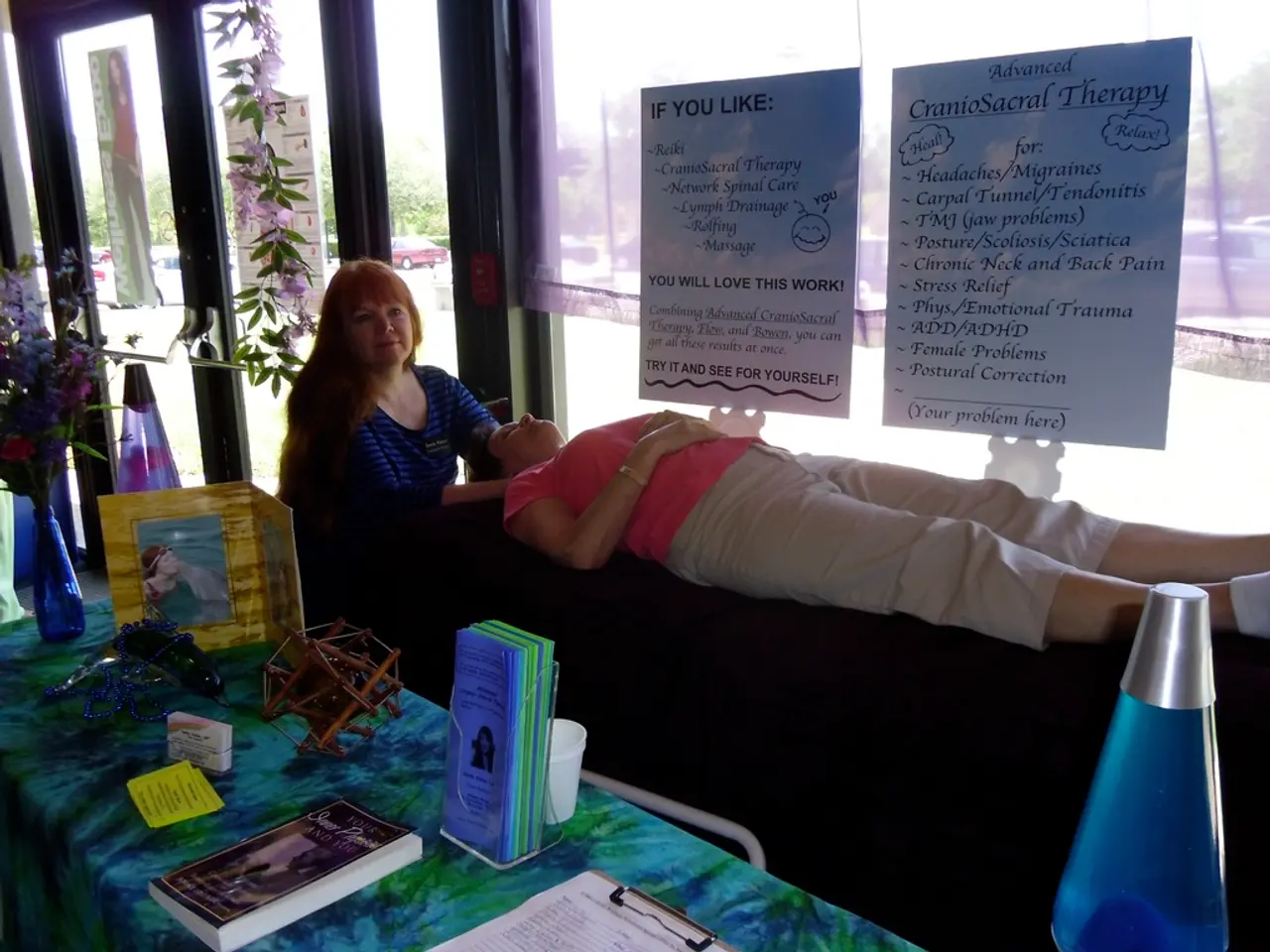Essential Guidelines for Keeping Water Safe for Everyone
Effective Water Safety Tips and Hazard Recognition
Water safety is crucial for enjoying various water bodies while minimising the risk of accidents and illnesses. Here are some essential water safety tips and how to recognise hazards for different water bodies.
General Water Safety Tips:
- Active Supervision: Always keep an eye on children and inexperienced swimmers. Toddlers should never be left alone near water and should be supervised within arm’s reach.
- Know How to Swim: Swimming lessons and water safety education greatly reduce drowning risk.
- Never Swim Alone: Always have a buddy and inform someone of your plans when going to natural bodies of water or boating.
- Use Personal Flotation Devices: Even good swimmers benefit from wearing life jackets in open water or boating scenarios.
- Learn CPR: Being able to perform CPR can save a life in case of water accidents.
- Avoid Swimming Near Pool Drains: Pool drains can cause entrapment and are very dangerous; educate all family members to stay away from them.
- Install Barriers Around Pools: Fencing at least five feet tall with self-latching gates and pool alarms prevents unsupervised access by children.
Specific Tips and Hazard Recognition by Water Type:
| Water Body | Safety Tips | How to Recognise Hazards | |--------------------|---------------------------------------------------------------------------|-----------------------------------------------------------------------| | Pools | Supervise constantly; avoid pool drains; install barriers and alarms. | Be cautious near drains and suction outlets; children should avoid these areas. | | Beaches & Ocean | Learn to identify rip currents and inshore holes; stay between lifeguard flags; avoid marked danger zones. | Rip currents pull strongly seaward, often from deeper “inshore holes” visually darker areas of water; inshore holes are deep spots near shore with small surf but dangerous undercurrents. | | Lakes & Rivers | Avoid water with high temperature and low water levels; avoid stirring sediment; hold nose or use clips in warm freshwater. | Currents, submerged objects, and sudden depth changes; murky or warmer water can harbour harmful organisms; steep drop-offs or uneven bottoms. | | Hot Springs & Warm Freshwater | Avoid swimming during high temperature periods; avoid digging in sediment; use sterilized water for nasal rinses. | Warm water areas can carry microorganisms causing illness. | | Infants & Toddlers | Never leave unsupervised near any water; keep within an arm’s reach; do not rely on flotation devices; close toilet lids; remove buckets and decorative water accessible by children. | Even small amounts of water (1 inch) are dangerous for infants. | | Children with Medical Conditions | Assign a designated watcher familiar with child's condition; inform medical providers; institute strict safety rules. | Increased risk from wandering (autism), seizures (epilepsy), or cardiac events. |
Additional Important Safety Considerations:
- Check Weather and Water Conditions: Avoid swimming during bad weather or dangerous currents.
- Avoid Swallowing Water: Especially in natural bodies since it may contain harmful organisms.
- Tell Someone Your Trip Plan: Share location, participants, and timing if boating or swimming in remote areas.
- Avoid Thermal Pollution Areas: Stay away from water near power plants and thermally polluted zones.
In sum, effectively preventing drowning and injuries requires a combination of supervision, education on swimming and hazards, use of safety gear, and awareness of the conditions unique to each type of water body. Being informed about visual signs such as colour changes (indicating inshore holes or rip currents) or environmental factors like water temperature and clarity are crucial for hazard recognition.
Wearing a properly fitted life jacket during any water activity is a non-negotiable safety measure. Always swim with a companion for safety, as it ensures help is immediately accessible if needed. Refraining from alcohol consumption is essential for safe boating, as alcohol significantly impairs judgment and coordination.
- It's essential to have resilience and knowledge in water safety, especially when enjoying various water bodies to mitigate accidents and illness risks.
- To diminish the risk of drowning, it's crucial to actively supervise children and inexperienced swimmers, keep a buddy while swimming, and maintain constant supervision.
- Swimming lessons and water safety education significantly decrease the risk of drowning, and knowing CPR can save a life in emergencies.
- In addition to supervision, avoid swimming near pool drains and install barriers around pools to ensure safety.
- To stay safe in beaches and the ocean, learn to identify rip currents, inshore holes, and avoid marked danger zones.
- In lakes and rivers, avoiding water with high temperatures and low water levels, avoiding stirring sediment, and holding nose or using clips in warm freshwater can prevent complications.
- When in hot springs and warm freshwater, you should avoid swimming during high temperature periods and use sterilized water for nasal rinses.
- Overall, being prepared with health and wellness knowledge, lifesaving gear, and staying informed about weather and water conditions are key elements in effective water safety.




